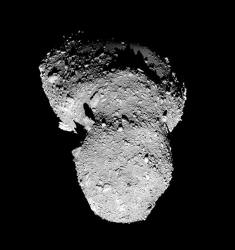A team of undergrad astronomers at the University of Washington figured out how to turn an annoyance into a major discovery, uncovering 1,300 new asteroids; nearly 1 out of every 250 known objects in the Solar System. How did they pull of this feat? It was actually a side project to their actual research: searching for supernovae. The asteroids were getting in the way.
The undergrad researchers were looking through data gathered as part of the Sloan Digital Sky Survey. This is a collection of detailed images of the sky gathered by an automated 2.5-metre telescope. The researchers were looking for evidence of exploded stars, called supernovae, but asteroids kept getting in the way.
Instead of just working around the asteroids that were blocking their view, they decided to keep track of them, and see if any were unidentified. It turned out that 1,300 were brand new.
Andrew Becker, a UW research assistant professor in astronomy explains the initial frustrations, “I kept asking the students what they had found and they kept saying, ‘More asteroids. No supernovae, but lots of asteroids.'”
The undergrads developed programs that let them search through the Sloan data automatically, identifying asteroids, and helping them classify them. In addition to discovering 1,300 new asteroids, they compiled additional data on 14,000 asteroids that were already known. This allows astronomers to calculate their trajectories with better accuracy, and determine if any are a threat to the Earth in the future.
Original Source: UW News Release

